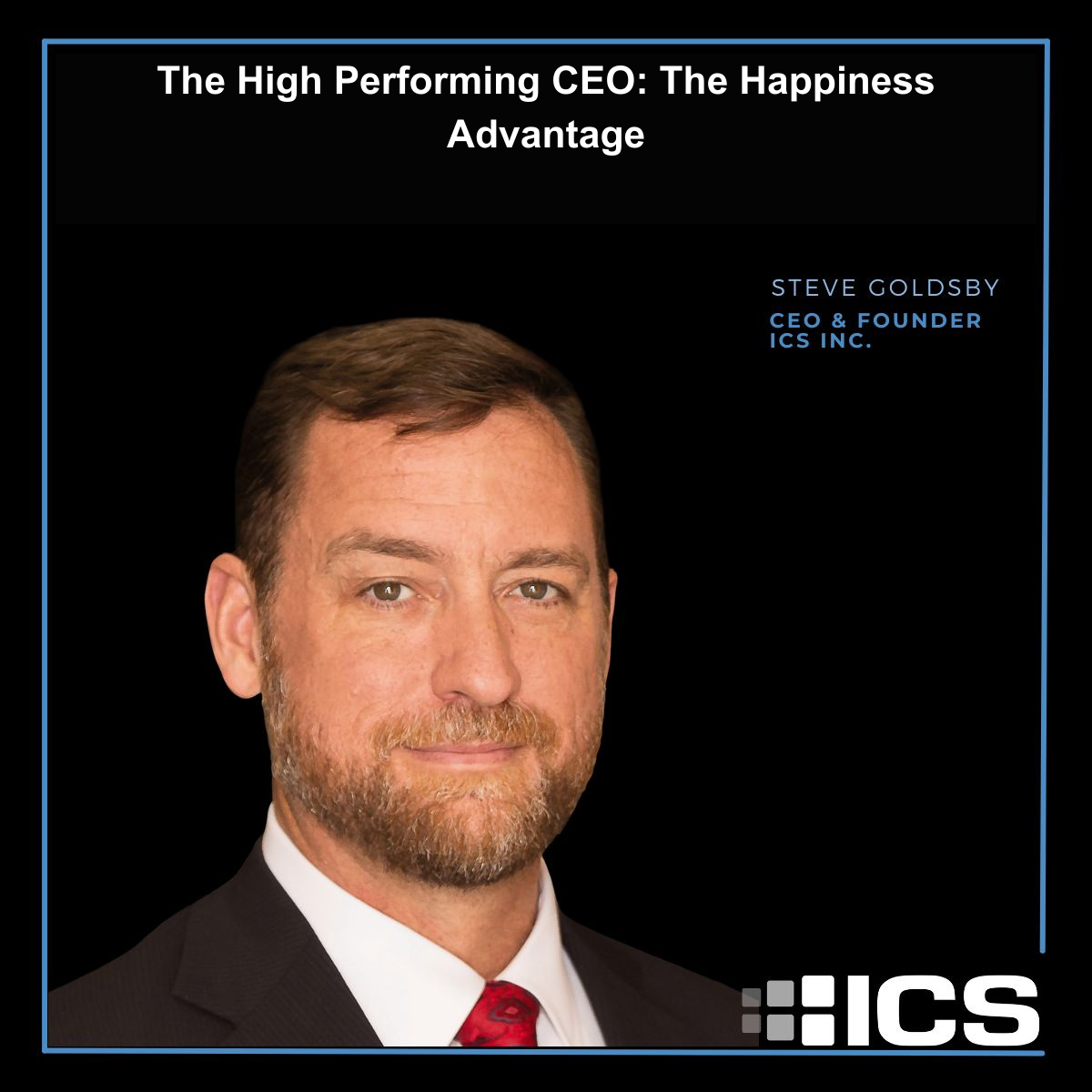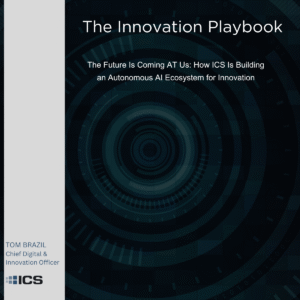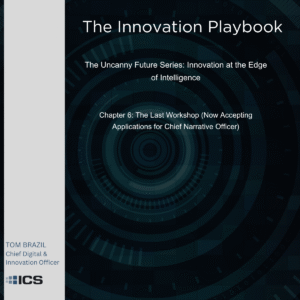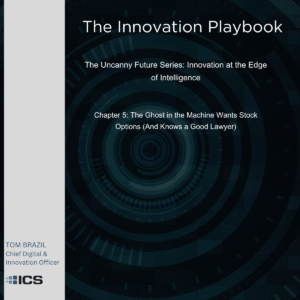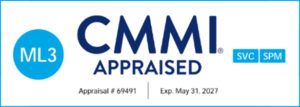Over the years, I’ve seen firsthand the incredible power of a positive mindset in the workplace. Our company culture is built on core values like Selfless Service – and I’ve watched as one act of kindness sparks another, spreading throughout our entire organization in a beautiful ripple effect.
Shawn Achor’s TED talk “The Happy Secret to Better Work” really resonated with me. He challenges the conventional belief that we should work hard to achieve success, and happiness will follow. Instead, Achor argues, the research shows that happiness actually fuels success and performance.
When we’re in a positive brain state, our creativity, energy, and productivity levels soar. In fact, Achor’s research indicates that our brains are 31% more productive when we’re feeling positive! Not only that, positivity also makes us more resilient in the face of challenges and better able to adapt to change.
As a leader, I believe it’s absolutely critical to prioritize happiness and positivity at work – not just because it feels good, but because the science shows it significantly impacts the bottom line. Achor offers practical strategies, like expressing gratitude, journaling about positive experiences, exercise, meditation, and conscious acts of kindness, which train our brains to be more optimistic – and I’m committed to weaving these into the fabric of our company culture.
I’ve seen the happiness advantage play out within ICS. When times get tough, it’s up to me as the CEO to maintain a positive attitude, no matter what. I come up short more often than I like – but I try to keep improving. I’ve come to understand that my mindset sets the tone for the whole team. Positivity is contagious – and so is negativity. I choose to actively spread the former because I’ve experienced how powerfully it impacts my team’s ability to innovate, collaborate, and achieve the exceptional.
This doesn’t mean I don’t have direct, uncomfortable conversations when I have to. That’s also a key element of being a good leader. But difficult conversations don’t have to be hostile. The people we work with every day are human beings with needs, wants, desires, dreams, challenges, and obstacles. Accountability with kindness matters more than you may know.
To all my leader friends – I urge you to harness the happiness advantage in your own organizations. Make positivity a real priority. Lead by example and create space for your teams to practice gratitude and optimism. Uplift and encourage each other. Fuel your company’s success not only through hard work – but by tapping into the power of happiness.
The returns you’ll see – in creativity, productivity, resilience, and results – will speak for themselves. Happiness is not a nice-to-have. It’s a strategic necessity.
How are you leveraging the Happiness Advantage in your business?


